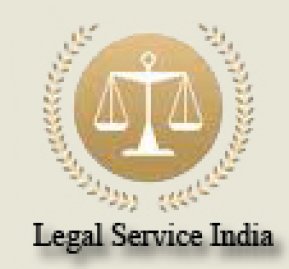Licenses are far more prevalent in the “intangible†world as compared to the “real†world. Suppose you purchase a motor vehicle. Once you pay the cost of the vehicle to the dealer, you can do almost anything with the Vehicle. You could sell it, rent it, make modifications to it and even destroy it!
The situation is not the same when you “buy†software. In fact you hardly ever “buy†software. You buy a “license†to the Computer application. This license sets the terms and conditions subject to which you can use (and sometimes distribute and modify) the software.
A software license usually consists of
1. permissions granted by the creator to the user,
2. rights granted by the maker to the user, and
3. restrictions placed by the creator,
4. limitations on the creator’s liability,
5. warranties and warranty disclaimers
6. indemnity,
7. term / duration of the license.
Violating the terms of the license infringes the legal rights of the creator of the software and can lead to legal action.
When a software is mass produced and sold, the license is usually of a “take-it-or-leave-it†type. The software vendor does not give the purchaser an opportunity to negotiate the terms of the license. The purchaser can either accept the license in total and purchase it or reject the license and not purchase it. In customized software that is usually specially developed for a particular customer, the terms of the license are negotiated between the creator and the user.
Software licenses can be of various types such as:
1. Time-based licenses where the license expires after a particular time period (e.g. 1 year). The license has to be renewed after that (usually on payment of additional fees).
2. User-based licenses where the license fee depends upon the number of computers on which the software will be installed (e.g. in case of application software like a word processor). It could also depend upon the number of users who will connect simultaneously to a computer on which the software is installed (e.g. in case of database software or server operating systems)
3. Feature-based licenses where the license fee depends upon the features that are required by the user.
Most software licenses also contain clauses relating to disclaimer of warranties or limitation of liability or privacy policy or all of them. In this book we will focus on software licenses from an intellectual property rights perspective only.
Freeware Licenses
Freeware is computer software that is:
1. copyrighted
2. available for use free of charge,
3. available for an unlimited time.
Freeware is created and distributed by software developers who want to contribute something to the society but at the same time they want to control the future development of their software. They usually retain their rights over the source code.
Features of a freeware license
A freeware license is basically:
i. personal,
ii. non-exclusive,
iii. non-transferable,
iv. limited
Many freeware licenses restrict the use of the software for commercial or “non-personal†purposes. The license is non-exclusive as it does not confer any exclusive rights on a particular user. The license is non transferable and does not permit the licensee to transfer any rights to a third person.
The license is limited in the sense that it does not permit any alterations to the software (this is anyway not legally possible without the source code). The license may be further limited in terms of the purposes for which it is permitted. This may be defined by the creator in a positive or negative fashion
Freeware Licenses
Freeware is computer software that is:
1. copyrighted
2. available for use free of charge,
3. available for an unlimited time.
Freeware is created and distributed by software developers who want to contribute something to the society but at the same time they want to control the future development of their software. They usually retain their rights over the source code.
Features of a freeware license
A freeware license is basically:
i. personal,
ii. non-exclusive,
iii. non-transferable,
iv. limited
Many freeware licenses restrict the use of the software for commercial or “non-personal†purposes. The license is non-exclusive as it does not confer any exclusive rights on a particular user. The license is non transferable and does not permit the licensee to transfer any rights to a third person.
The license is limited in the sense that it does not permit any alterations to the software (this is anyway not legally possible without the source code). The license may be further limited in terms of the purposes for which it is permitted. This may be defined by the creator in a positive or negative fashion.
*******************
Copyright Registration
File Your Copyright - Right Now!
Call us at: 9891244487 / or email at: admin@legalserviceindia.com


